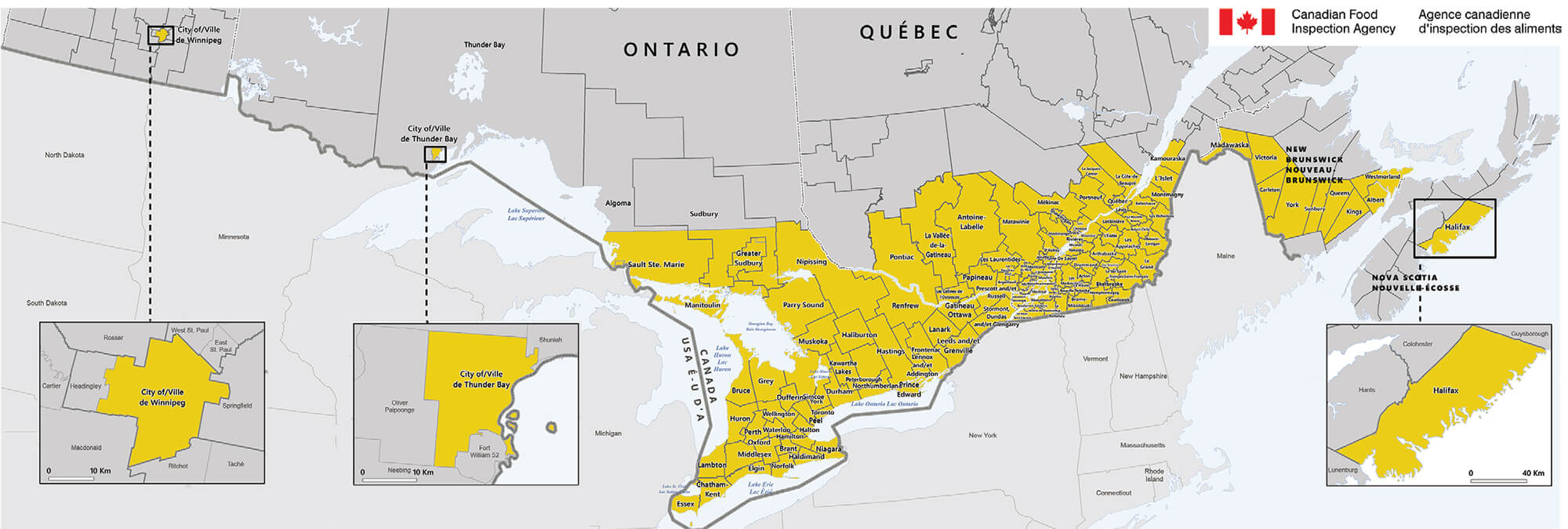September 1, 2020

Paul Epp
Invasive pest fells a shy beauty
Ashes to ashes
BY PAUL EPP
IN THE EARLY 2000s, the emerald ash borer was first discovered in Canada. It’s a foreign insect that kills ash trees, and it has spread quickly. But who is noticing? There has not been much commentary in the general media. I keep waiting for the public funeral, and the accompanying outrage. Canada was invaded by a murderous scourge and we’ve been placidly carrying on as though nothing has happened. We ought to care.
Some of us have noticed. In the early ’80s I bought a house on the Scarborough Bluffs. One of my first home improvements was to plant an ash tree in the south-facing front yard. I wanted a tree that grew quickly and that provided shade, but not too much: a tree with a lacy rather than opaque canopy. Ash was my ideal candidate, and it served me well, but now it’s gone. There are other conspicuous gaps in our urban greenery, as ash has been a fairly popular urban tree, for the same reasons that I chose. It was fast-growing and hardy, or at least until it was felled by its nemesis. It was also pretty, in an understated way. Other trees can be much more impressive, but the ash was relied on to quietly get the job done.
It’s conspicuously missing in our rural woodlands, too. Ash has long been an important component of our wooded biodiversity. We have taken its presence in our forests for granted. It’s usually long and tall, with a nice straight trunk. Its canopy lets some light through, which benefited the undergrowth. Often found along streams, it anchored the soil and checked erosion. It doesn’t have a brilliant and spectacular fall colour and that may be why, in part, we’ve overlooked it.
Most of us have had some intimate contact with it, especially if we are older. It was the preferred wood for hockey sticks, toboggans, sleighs, snowshoes, tennis racquets, baseball bats, skis, oars and paddles, and many other playful uses, where its strong, pliant and elastic nature were valuable. But we probably didn’t know it by name.
As workers, we would have been familiar with it too, again, especially if we are older. It has been a very popular handle for tools, like hammers, axes, shovels, rakes, and anywhere else where shock absorption was an asset. Hickory was sometimes an alternative, but the ease with which ash is worked, along with its (then) plentiful availability made it the default.
I happen to now live in a house that was built in the 19th century as worker housing for an adjacent wagon factory. Ash would have been the dominant material used, again for its strengths and shock absorption. Plus, its availability and good price point. Its long and straight trunks made it a productive wood to harvest. Once cars and trucks were replacing wagons, the frames and supporting understructure of these early automobiles were made of wood and usually the wood was ash. It was popular for rustic chairs and a few other items, but not heirloom material.
I’ve often thought of ash as feminine, tall and blond — like a Nordic woman, but more of a lady-in-waiting than a princess. I’ve enjoyed her homely beauty and celebrated her understatement. She served me well and I’ll miss her.
 By 2020, the emerald ash borer has invaded halfway across Canada.
By 2020, the emerald ash borer has invaded halfway across Canada.
Paul Epp of Picton, Ont., is an emeritus professor at Toronto’s OCAD University.